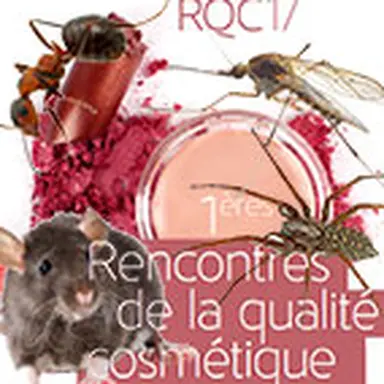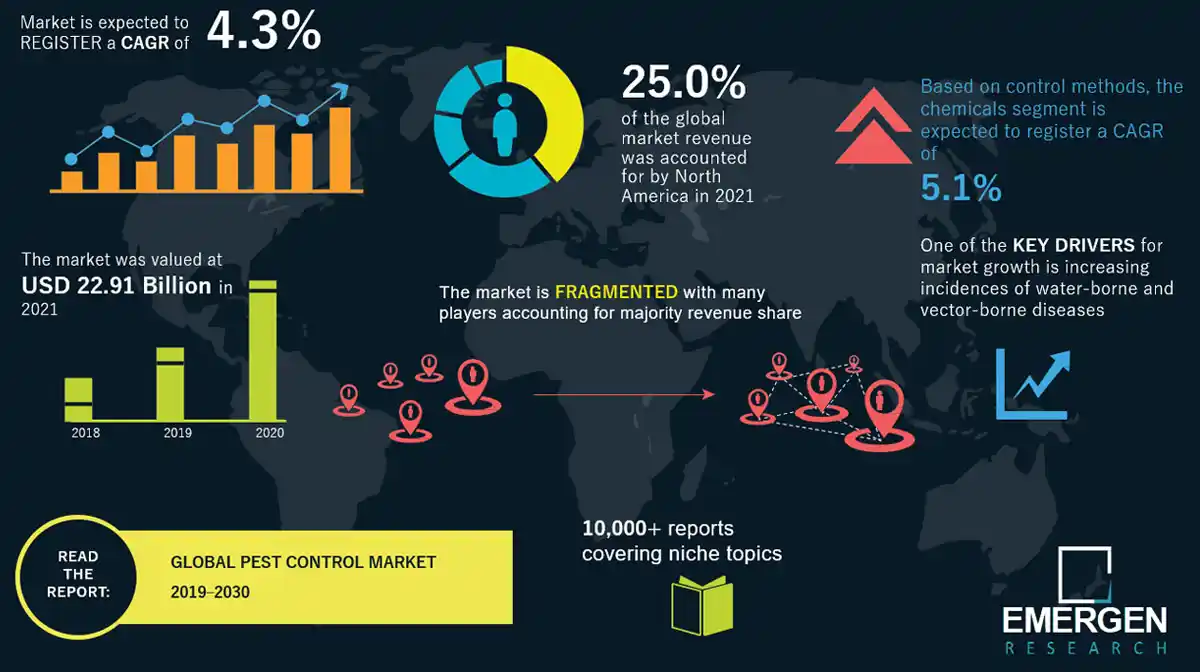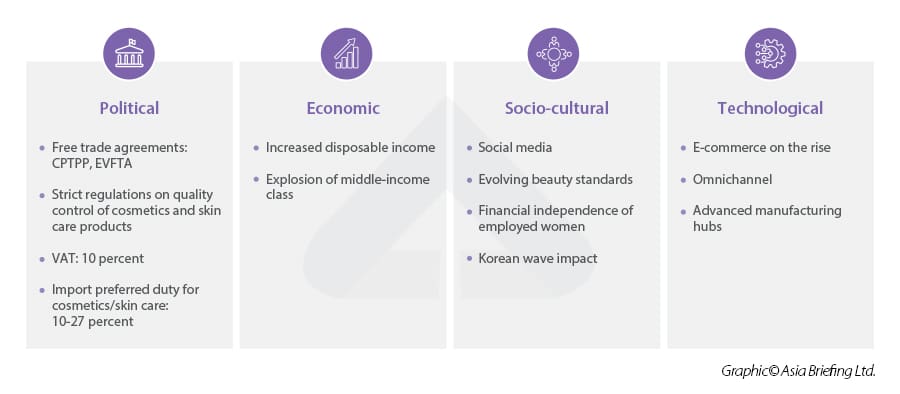Did you know that pest control plays a crucial role in the cosmetics industry? From preventing infestations in manufacturing facilities to ensuring the safety and quality of the final products, pest control is an essential aspect of cosmetic production. In this blog, we will delve into the world of pest control in the cosmetics industry, exploring the various challenges faced by professionals and the effective solutions employed to keep pests at bay. So, if you’re curious about how pests can impact your favorite beauty products and the measures taken to protect them, keep reading to find out more!
Introduction
Welcome to our comprehensive guide on pest control in the cosmetics industry! In this article, we will explore the importance of pest control in the cosmetics industry, the common pests that can wreak havoc in this sector, and the challenges faced in implementing effective pest control measures. We will also delve into the various prevention and monitoring techniques, as well as both chemical and non-chemical pest control methods that can be employed. Lastly, we will discuss specific pest control considerations for manufacturing facilities, warehouses, and retail stores within the cosmetics industry. So let’s get started!
Understanding Pest Control in the Cosmetics Industry
Definition of pest control
Pest control refers to the management and elimination of pests that pose risks to human health, products, and the environment. In the cosmetics industry, pest control is an essential aspect of maintaining product quality and preventing contamination. It involves the implementation of strategies and procedures to identify, prevent, and control pests that may infest manufacturing facilities, warehouses, storage areas, and retail stores.
Importance of pest control in the cosmetics industry
Effective pest control in the cosmetics industry is crucial for several reasons. Firstly, pests like insects and rodents can contaminate cosmetics products, rendering them unsafe for human use. Secondly, the presence of pests can tarnish the brand image and reputation of cosmetic companies, leading to financial losses. Thirdly, regulatory bodies have imposed strict guidelines to ensure the safety and quality of cosmetics products, making pest control an essential compliance requirement in the industry.
Common pests in the cosmetics industry
Several pests can pose a threat to the cosmetics industry. Insects such as ants, cockroaches, flies, and moths are attracted to the ingredients used in cosmetics products and can contaminate the manufacturing facilities and storage areas. Rodents like mice and rats are also common pests that can cause significant damage to packaging materials and spread diseases. Additionally, pests like birds and bats can introduce droppings and feathers that can contaminate cosmetics products.

Challenges in Pest Control for the Cosmetics Industry
Strict regulation and compliance
The cosmetics industry faces stringent regulations regarding pest control due to the potential risks associated with contaminations. Cosmetic companies must comply with guidelines set by regulatory bodies to prevent pest infestations and ensure the safety and quality of their products. Failure to meet these regulations can result in fines, legal issues, and damage to the company’s reputation.
Sensitive ingredients and materials
One of the biggest challenges in pest control for the cosmetics industry is the presence of sensitive ingredients and materials. Many cosmetic products contain natural ingredients that can be prone to infestations by pests like beetles and mites. These pests can cause damage to the ingredients, leading to product quality issues. Additionally, certain packaging materials, such as cardboard boxes and plastic containers, can attract pests and provide ideal breeding grounds.
Potential impact on product quality and safety
Pest infestations can have a significant impact on the quality and safety of cosmetics products. Pests can contaminate raw materials, finished products, and packaging materials, leading to product recalls, customer complaints, and potential health risks. It is crucial for cosmetic companies to prioritize pest control measures to ensure that their products meet the required safety standards and maintain their reputation in the market.
Prevention and Monitoring
Implementing sanitation and hygiene practices
One of the most effective ways to prevent pest infestations in the cosmetics industry is by implementing proper sanitation and hygiene practices. This includes regular cleaning and disinfection of manufacturing facilities, storage areas, and retail stores. It is important to remove any potential food sources and eliminate standing water that may attract pests. Good sanitation practices can significantly reduce the risk of pest infestations.
Regular inspection and monitoring
Regular inspections and monitoring are essential for early detection of pest infestations. Cosmetic companies should conduct thorough inspections of their manufacturing facilities, warehouses, storage areas, and retail stores to identify any signs of pests or pest activity. Monitoring techniques such as the use of sticky traps, pheromone traps, and visual inspections can help in detecting pest infestations at an early stage, allowing for prompt action.
Use of pest prevention tools and devices
The cosmetics industry can utilize a range of pest prevention tools and devices to deter pests from infesting their premises. These include ultrasonic pest repellents, electronic fly traps, insect screens, and door sweeps. By installing these tools and devices, cosmetic companies can create physical barriers that prevent pests from entering their facilities, thus reducing the risk of infestations.
Utilizing pest monitoring systems
Pest monitoring systems, such as automated pest detection systems and remote pest surveillance, can be valuable in the cosmetics industry. These systems use sensors and cameras to monitor the presence of pests in real-time and provide alerts when unusual activity is detected. By utilizing such advanced technology, cosmetic companies can enhance their pest control efforts and respond swiftly to any potential pest threats.

Chemical Pest Control Methods
Overview of chemical pest control methods
Chemical pest control methods involve the use of pesticides to eliminate or control pests in the cosmetics industry. These methods are often used when other preventive measures have proven ineffective. It is important to follow proper protocols and regulations when using chemical pest control methods to ensure the safety and efficacy of the products.
Types of pesticides commonly used in the cosmetics industry
The cosmetics industry utilizes various types of pesticides based on the specific pest problem and the nature of the infestation. Insecticides, such as pyrethroids and organophosphates, are commonly used to control pests like ants, cockroaches, and flies. rodenticides are used to eliminate rodents, while avicides are used to deter birds from infesting storage areas.
Considerations for selecting suitable pesticides
When selecting pesticides for pest control in the cosmetics industry, it is essential to consider several factors. These include the type of pests, the level of infestation, the potential impact on product quality, and the safety precautions associated with the use of the pesticides. It is also crucial to consult with pest control professionals or regulatory bodies to ensure compliance with regulations.
Application techniques and safety precautions
Proper application techniques and safety precautions are paramount when using chemical pest control methods. It is essential to follow the manufacturer’s instructions for the appropriate dosage, application methods, and safety precautions. Protective equipment, such as gloves and masks, should be worn by the applicators to minimize their exposure to the pesticides. Additionally, it is important to consider the potential impact of the pesticides on the environment and choose environmentally-friendly options whenever possible.
Non-Chemical Pest Control Methods
Introduction to non-chemical pest control methods
Non-chemical pest control methods offer alternative solutions for the cosmetics industry to manage and prevent pest infestations without relying solely on chemical pesticides. These methods focus on natural and environmentally-friendly approaches to control pests effectively.
Biological control measures
biological control measures involve the use of natural enemies, such as predators, parasites, and pathogens, to control pest populations. For example, introducing beneficial insects like ladybugs or using parasitic nematodes can help in controlling pests like aphids or soil-dwelling insects. This approach reduces the reliance on chemical pesticides and promotes ecological balance.
Physical pest control techniques
Physical pest control techniques aim to physically eliminate or deter pests from infesting cosmetic facilities. This includes the use of physical barriers such as nets, screens, and traps to prevent pests from entering the premises. Additionally, practices like removing breeding sites, sealing entry points, and maintaining proper ventilation can minimize the risk of infestations.
Integrated Pest Management (IPM) approach
Integrated Pest Management (IPM) is a comprehensive approach that combines different pest control methods to effectively manage pests. It involves the integration of preventive measures, monitoring, biological control, and targeted pesticide applications. The goal of IPM is to minimize the use of chemical pesticides and focus on long-term pest prevention and control strategies.

Pest Control in Manufacturing Facilities
Maintenance of clean and organized production areas
Maintaining clean and organized production areas is crucial for effective pest control in manufacturing facilities. Regular cleaning and disinfection help to remove potential food sources and breeding grounds for pests. By keeping production areas tidy, cosmetic companies can significantly reduce the risk of pest infestations and maintain a hygienic environment.
Proper storage and disposal of raw materials and finished products
Proper storage and disposal of raw materials and finished products are essential to prevent pest infestations in manufacturing facilities. Raw materials should be stored in sealed containers to prevent pests from accessing them. Finished products should be properly sealed, labeled, and stored in suitable conditions to maintain their quality and prevent contamination. Additionally, waste materials should be disposed of promptly and properly to minimize the attraction of pests.
Regular maintenance of machinery and equipment
Regular maintenance of machinery and equipment is crucial for pest control in manufacturing facilities. Pests can find refuge in unused or poorly maintained equipment. Regular inspections, cleaning, and repairs can help identify and eliminate any potential hiding spots for pests. It is also important to ensure that machinery and equipment are properly sealed to prevent pests from entering.
Employee education and training on pest control procedures
Employee education and training play a vital role in effective pest control in manufacturing facilities. All employees should be educated about the importance of pest control and trained on proper sanitation practices, hygiene protocols, and pest prevention measures. By promoting a culture of pest awareness and providing proper training, cosmetic companies can ensure that all staff members contribute to pest control efforts.
Pest Control for Warehouses and Storage Areas
Proper storage and handling of cosmetics products
Proper storage and handling of cosmetics products are essential to prevent pest infestations in warehouses and storage areas. Products should be stored in closed containers or cartons to protect them from pests. Additionally, it is important to segregate different types of products and ensure that they are not stored directly on the ground to minimize the risk of pest infestations.
Monitoring and control of temperature and humidity
Monitoring and controlling temperature and humidity levels are crucial for effective pest control in warehouses and storage areas. Pests thrive in certain temperature and humidity conditions. By maintaining optimal levels, cosmetic companies can minimize the risk of infestations. Utilizing temperature and humidity control devices and regularly monitoring these parameters can help in preventing pest problems.
Pest-proofing techniques for storage areas
Implementing pest-proofing techniques is essential to prevent pests from entering storage areas. This includes sealing cracks and gaps, installing weather stripping on doors and windows, and repairing damaged screens. Additionally, the use of air curtains, insect screens, and door sweeps can create barriers that prevent pests from accessing storage areas.
Effective warehouse pest control measures
Effective pest control measures in warehouses and storage areas include regular inspections, the use of traps and baits, and targeted pesticide applications. Regular inspections help in detecting early signs of pest infestations, while traps and baits can be used to monitor and control pest populations. In cases where infestations are identified, targeted pesticide applications should be carried out following safety protocols and regulations.

Pest Control for Retail Stores and Showrooms
Pest prevention measures for retail stores and showrooms
Implementing pest prevention measures is crucial for maintaining a pest-free environment in retail stores and showrooms. This includes regular cleaning and disinfection of display areas, removal of potential food sources, and proper waste management. Creating a clean and hygienic environment minimizes the risk of attracting pests and ensures a positive shopping experience for customers.
Regular cleaning and maintenance of display areas
Regular cleaning and maintenance of display areas are essential for effective pest control in retail stores and showrooms. Dusting, vacuuming, and disinfecting display shelves and counters help to remove any potential food residues or debris that can attract pests. Additionally, regular inspections should be conducted to identify any signs of pest activity and take appropriate actions promptly.
Proper storage and handling of cosmetics products
Proper storage and handling of cosmetics products are critical in retail stores and showrooms. Stock should be stored in sealed containers or cabinets to prevent pests from accessing the products. Regular rotation of stock should also be implemented to minimize the chances of expired or damaged products attracting pests.
Effective pest control solutions for retail environments
Effective pest control solutions for retail environments include the use of traps, baits, and electronic repellents. These tools can help in monitoring and controlling pest populations without causing harm to customers or products. It is essential to regularly inspect and replace these devices to ensure their effectiveness. In cases of severe infestations, professional pest control services should be engaged to address the issue.
Conclusion
Pest control is a vital aspect of the cosmetics industry that cannot be overlooked. The presence of pests can have severe repercussions on product quality, safety, and the reputation of cosmetic companies. However, by understanding the importance of pest control, implementing preventive measures, utilizing monitoring techniques, and selecting appropriate pest control methods, the cosmetics industry can effectively manage and prevent pest infestations. Whether it’s implementing strict sanitation practices, using chemical or non-chemical pest control methods, or implementing specific pest control measures for manufacturing facilities, warehouses, or retail stores, prioritizing pest control efforts is crucial for the success and growth of the cosmetics industry.


I am Randy, the author behind PestControld.com. Drawing from decades of experience, I aim to provide valuable insights, expert advice, and practical recommendations to help you make informed decisions when assessing viable pest control solutions.